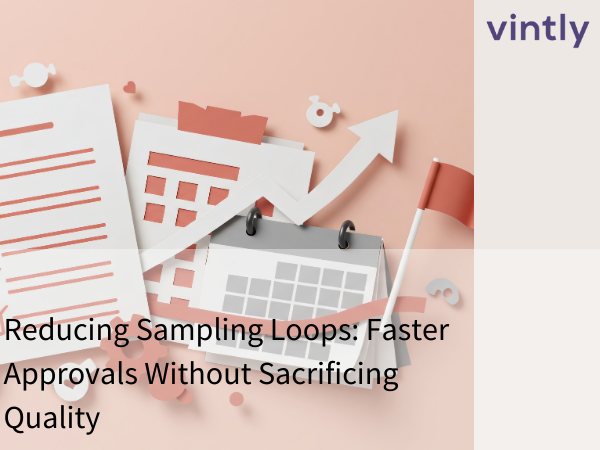Environmental, Social, and Governance (ESG) factors are increasingly becoming a critical aspect of business operations worldwide. These factors are particularly important in the supply chain and procurement processes, where they can significantly impact a company's reputation, financial performance, and compliance with regulations. One area where ESG tasks need to be managed effectively is in the context of a purchase order, particularly when transactional certificates, chemical tests, or performance tests need to be performed. This article provides a comprehensive guide on how to manage these tasks.
Understanding ESG Tasks in a Purchase Order
ESG tasks in a purchase order may include ensuring that suppliers comply with environmental regulations, verifying that they uphold social responsibility standards, and confirming that their governance practices meet the required thresholds. For instance, a purchase order may require a supplier to provide a transactional certificate proving that their products meet certain environmental standards. Alternatively, it may require them to undergo chemical or performance tests to ensure the safety and quality of their products.
Managing ESG Tasks: A Step-by-Step Guide
1. Develop a Clear ESG Policy: The first step in managing ESG tasks on a purchase order is to develop a clear ESG policy. This policy should outline your company's expectations regarding environmental, social, and governance practices. It should also specify the requirements for transactional certificates, chemical tests, and performance tests.
2. Incorporate ESG Requirements into Purchase Orders: Once you have a clear ESG policy, the next step is to incorporate these requirements into your purchase orders. This could involve specifying the need for a transactional certificate or the requirement for a chemical or performance test.
3. Vet Suppliers: Before finalizing a purchase order, it's crucial to vet suppliers to ensure they can meet your ESG requirements. This could involve checking their certifications, reviewing their testing processes, or conducting site visits.
4. Monitor Compliance: After a purchase order has been issued, it's important to monitor the supplier's compliance with your ESG requirements. This could involve reviewing the transactional certificates they provide, assessing the results of chemical or performance tests, or conducting follow-up audits.
5. Address Non-Compliance: If a supplier fails to comply with your ESG requirements, it's important to address this promptly. This could involve discussing the issue with the supplier, revising the purchase order, or in extreme cases, terminating the contract.
6. Review and Update ESG Policies: Finally, it's crucial to regularly review and update your ESG policies and purchase order requirements to ensure they remain relevant and effective.
With Vintly, we allow users to assign ESG tasks to each purchase order and notify suppliers of which tasks they are responsible for. Users can track pending or missing certificates or tests and chat directly with their suppliers to resolve issues smoothly.
Managing ESG tasks on a purchase order can be a complex process, but it's crucial for ensuring that your company upholds its environmental, social, and governance responsibilities. By developing a clear ESG policy, incorporating ESG requirements into purchase orders, vetting suppliers, monitoring compliance, addressing non-compliance, and regularly reviewing and updating your policies, you can effectively manage these tasks and contribute to a more sustainable and ethical supply chain.
.png)


